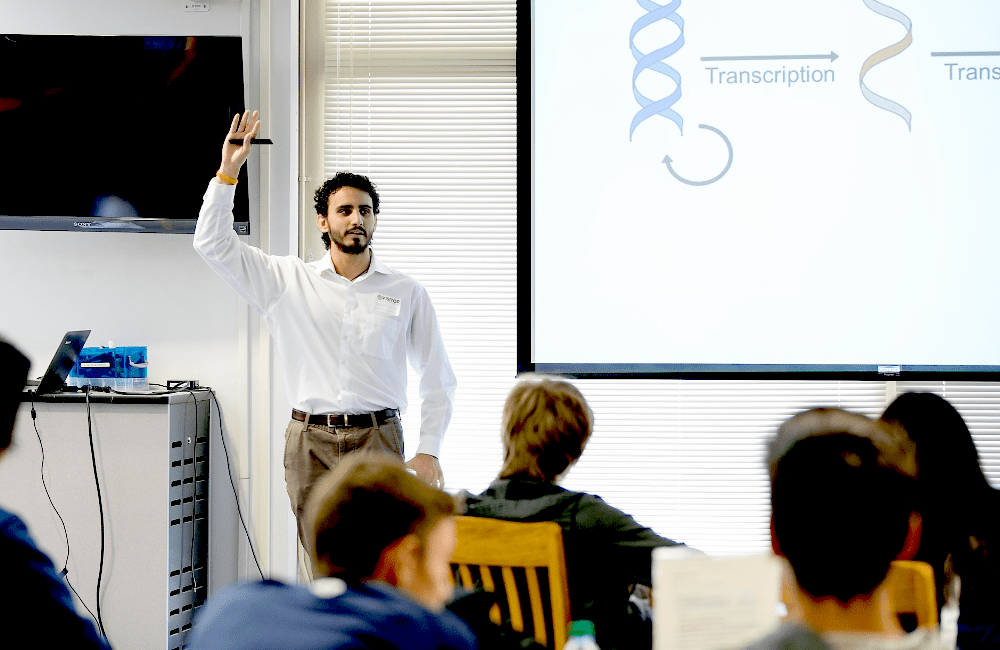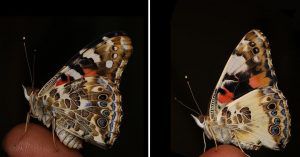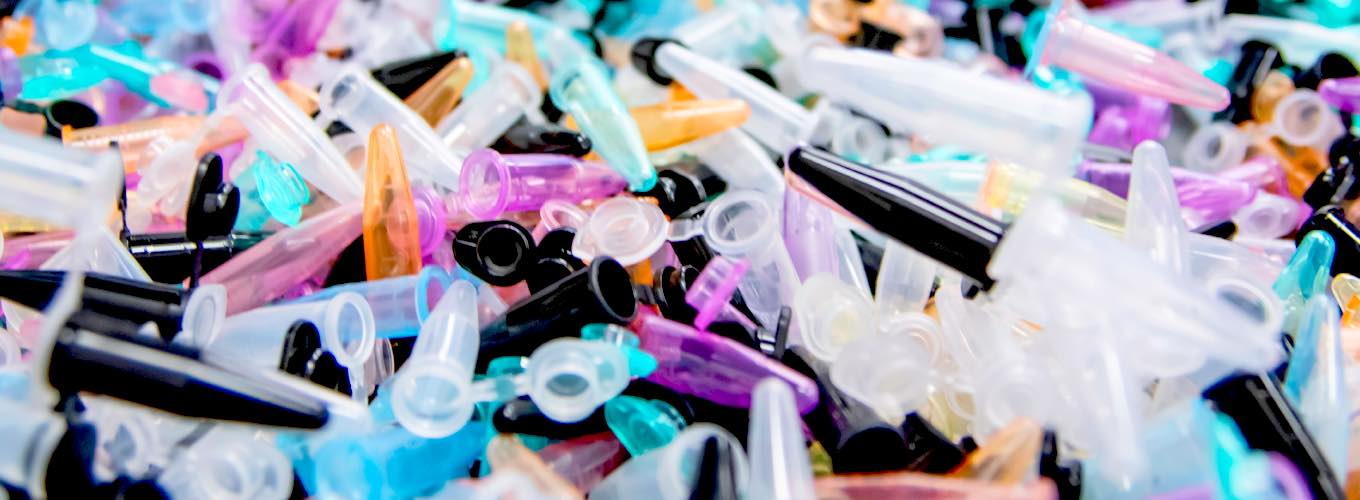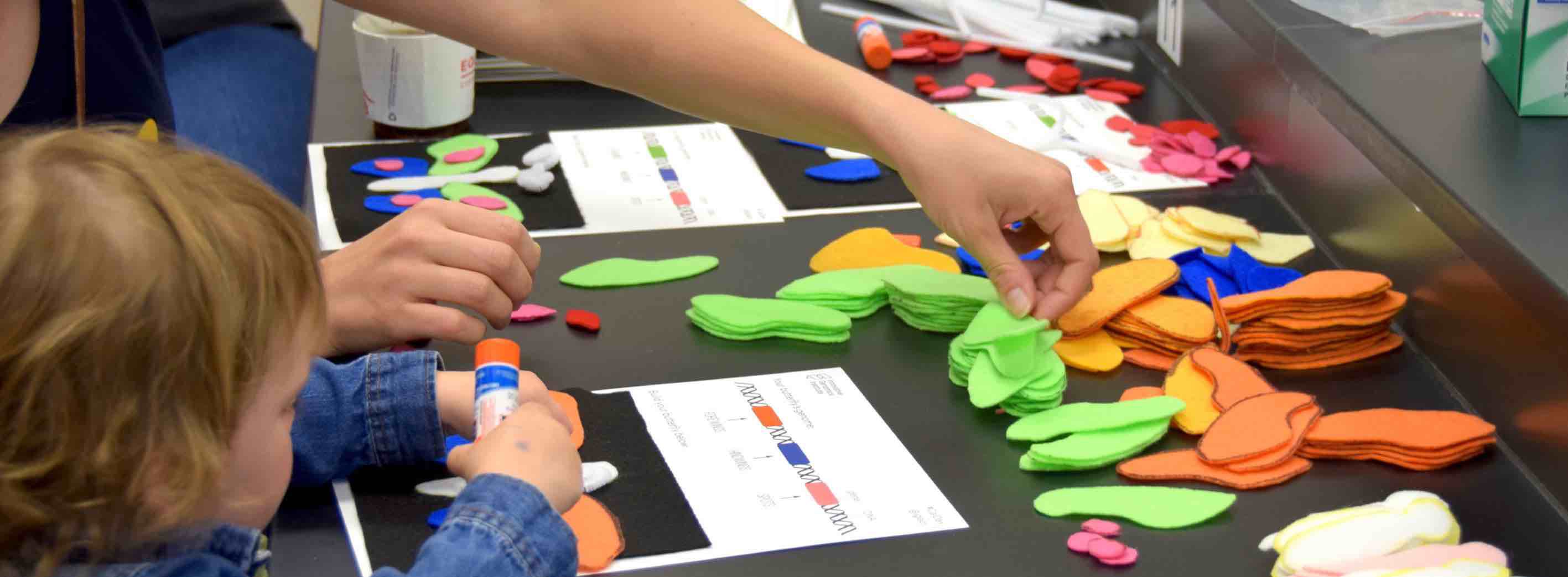

I’m Meghan Tahbaz, a fourth-year student and an undergraduate researcher at UC Berkeley, where CRISPR is becoming an integral part of many research labs. The establishment of CRISPR as a major gene editing tool has caused a rapid shift in undergraduate biology courses to ensure lecture coverage of this technological advancement. Most courses that address CRISPR teach its mechanism, but don’t dig into current research and applications. IGI’s Undergraduate CRISPR Journal Club is a weekly meeting space for gene editing enthusiasts to discuss real-world applications and ethical considerations through the lens of scientific papers—and there’s pizza to boot!
The Fall 2019 Journal Club has covered papers ranging from the basics (discovery and development of CRISPR-Cas9 for genome engineering) to how CRISPR is currently used in research (i.e., how CRISPR can reveal information about butterfly wing development and evolution).

The fall semester’s lineup featured guest speakers from academic labs and local biotech start-ups, addressing how gene editing can be adapted to serve different experimental goals. My interest was piqued when Maroof Adil, a biotech scientist, came out to the journal club to discuss the use of CRISPR as a potential therapeutic for combatting Huntington’s disease.
Huntington’s disease is a genetic disorder that leads to progressive neurodegeneration, causing memory deficits, personality changes, involuntary movements, and ultimately death. There is currently no cure, but researchers and patients are hopeful that CRISPR could be used to delete the CAG repeats that characterize abnormal huntingtin gene variations. I found Adil’s work to be not only fascinating, but incredibly resourceful in tackling faulty genetics. His company aims to use gene editing to target the mutant allele and prevent deleterious protein aggregation; the implications of such a drug are invaluable.

Beyond learning about Huntington’s disease, Adil took us through the entire pipeline of drug development, including therapeutic delivery strategies and clinical trials. His presentation showed how companies take ideas and convert them into products that have the potential to change lives. Being a student in the innovation hub that is the Bay Area, it’s useful to hear about novel pursuits for those with biology degrees, including pharmaceutical pipelines. It’s also inspiring to see how scientific research can be turned into high-throughput, high impact therapeutics. Looking at the big picture of drug development was great for putting the CRISPR-based solution in context, but Adil also gave us an opportunity to brainstorm drug delivery strategies as a group. Students suggested viral vectors such as lentivirus or adeno-associated virus (AAV), and Adil led a discussion about the pros and cons of various delivery methods.
For an undergraduate such as myself, whose major science exposure comes from the classroom, meeting with scientists like Adil is a unique opportunity to brainstorm in a technical but open environment. I can ask questions about the thought process behind designing experiments, helping to build the skills to later develop and refine my own lab projects. I can interact with industry professionals to gain insights into scientific opportunities beyond academic labs. I can even reinforce my coursework by connecting theory to practical application. As the fall 2019 journal club comes to a close, I look forward to a new semester of scientific discussions, engaging speakers, and good pizza.
Click here for information on the Undergraduate CRISPR Journal Club.



